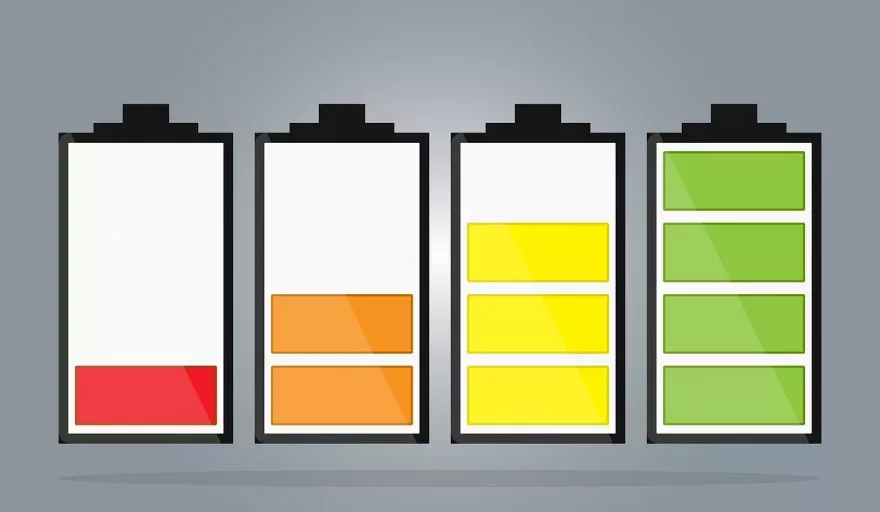Demand for energy in ASEAN has grown by as much as 7.5 percent per year over the past four decades.
Driven primarily by high economic growth and underpinned by increased urbanisation and industrialisation, this phenomenon has resulted in increased greenhouse gas emissions. A large proportion (approximately 60 percent) of these emissions have come from fossil fuel combustion, with ASEAN currently accounting for 3.5 percent of global greenhouse gas emissions.
This share is expected to increase substantially due to continued population growth and industrial development. To combat this trend and to keep Southeast Asia on the path to becoming a SMART region, sustainable energy sources are increasingly used to produce power for the electric grid. However, intermittent renewable sources – primarily solar and wind – require batteries to store and help distribute power to match supply with demand.
For solar energy systems, power storage in batteries supplements photovoltaic cells during peak demand periods and supplies electricity at night or at other times when sunlight is blocked. Similarly, for wind power, batteries capture and retain excess power when the wind is strong, but when demand is weak, they store the unutilised energy.
In Southeast Asia, microgrids that use batteries to store the energy generated by renewables, mainly solar and wind, and to distribute electricity during on/off-peak periods, are a viable and green alternative to the traditional centralised power grid.
Batteries also play a lifesaving role when disaster strikes and the electric supply is disrupted or cut entirely. Hospitals have long backed up their facilities with adequate battery power to provide power to life-sustaining medical equipment in case of power failure.
However, the need extends beyond hospitals. Natural disasters such as earthquakes in Indonesia, and tropical storms in the Philippines and Vietnam occur regularly in parts of Southeast Asia. When power and communications are shut off, the stored energy is vital, where at times, tapping car batteries for power might be the only option.
The first primitive batteries date back to early Egypt, but they remained a science curiosity until the laws of electricity were understood. Since then, the technology has advanced rapidly and is incorporated into the industrial products that we increasingly depend on for our everyday needs. For example, the lithium-ion batteries that power most of our electronic devices are safe and only fail on the order of one time in 10 million.
As well as improving lithium-ion technology, the energy industry is developing batteries with many different chemistry types, configurations, and adaptations. The capacity and efficiency of battery storage need to continue to improve. Businesses can speed up their product development process if national laboratories provide open-source data on technology developments based on what the researchers have uncovered.
The development of any technology can lead to unintended consequences and new safety risks. These risks can be significant for batteries since their use is interwoven into our everyday lives. Third-party research and testing is a crucial way for manufacturers to develop and build batteries safely for use in emerging applications. To address the risks involved in the commercialization of batteries, we worked with a range of stakeholders to develop and release the Standard for Energy Storage Systems and Equipment (UL9540) for home energy storage systems.
Ensuring that batteries are safe and reliable to use must always be a central component of battery storage technology development.
ABOUT THE EXPERT
Anthony Tan is the Vice President and Managing Director for UL ASEAN Region. UL ASEAN Region includes operations in seven economies covering more than 17 Divisions.
UL is a global independent safety science company offering business services to clients across strategic industries including consumer products, industrial products, medical, construction, energy, retail, banking and food services.
UL’s services include product testing, inspection, certification, supply chain, environmental-related, transaction security, workplace safety and many others. The testing, inspection and certification sector represents a $30 billion-dollar global market.
Tan joined UL in 2016 with 25 years of experience at 3M where he had held a wide spectrum of regional responsibilities including General Manager – Southeast Asia for Consumer & Office Business, Head of Asia Pacific for Construction & Home Improvement Business, Head of Asia Pacific for Traffic Safety & Public Security Business, and Head of Commercial Excellence for Asia.
He received his MBA in Strategic Marketing from the University of Hull and is Certified Six Sigma Master Black Belt.




































